The Magic of Vibration: 20 High-Frequency Acts and Mindsets to Change Your Life for the Better (and 20 Others to Avoid)
When negative thoughts and actions lead your life, bad health (and bad news!) follow close behind. The good news is you can avoid behaviors, attitudes, and circumstances that lower your vibration and embrace others that raise it. Stephen Sinatra, MD, FACC, and near-death-experience survivor Tommy Rosa explain how.
New York, NY (October 2017)—When you’re stuck in negativity, nothing in life seems to work. Try as you might, you can’t seem to change the factors that are holding you back from what you really want. Over time, you get depressed and listless…maybe even sick. It doesn’t have to be this way. If you want to improve your health and well-being (not to mention your love life, finances, career, and more!), you’ve got to start vibrating on a higher level.
High vibrations are the key to bringing positive change and wellness into reality, say integrative cardiologist Stephen Sinatra and Tommy Rosa, a plumber-turned-spiritual-counselor whose near-death experience (NDE) left him with some divine insights on the subject.
“Everything in the human body, every cell, organ, system, thought, and even every emotion, vibrates to its own natural rhythm,” says Mr. Rosa, coauthor of Health Revelations from Heaven: 8 Divine Teachings from a Near-Death Experience (Rodale Books, 2017, ISBN: 978-1-635-65066-2, $14.99). “When our energy vibrates at a high level, we attract better health and improved life circumstances. When it vibrates at a low level, the opposite happens: Pathogens and toxins are more likely to enter the body and make us sick. Not only that, but low vibrations also attract other negative experiences and prevent us from thriving.”
During Mr. Rosa’s NDE, he visited Heaven, and there, eight revelations of good health were imprinted on his psyche. These revelations dovetailed with the knowledge that Dr. Sinatra had gained throughout his studies of scientifically and medically validated clinical research, as well as his own experiences as a cardiologist. One of their most powerful insights? Our positive or negative thoughts influence the circumstances of our lives, including our health and our happiness. And of course our thoughts are supported and generated by the actions we take.
The good news? You can change your life, often in dramatic ways. It starts with a simple choice to cultivate a positive outlook and reap the higher vibrations it brings. Keep reading for a list of high-vibration actions to embrace, followed by a list of low-vibration ones to avoid.
Things That Raise Your Vibration
· Having faith
· Loving yourself and others
· Forgiving yourself and others
· Gratitude
· Creating biological and spiritual family connections and building romantic relationships
· Letting go of anger, fear, ego, grief, and selfishness
· Spending time with children and animals
· Praying and/or meditating
· Mind/body interactions like tai chi, qigong, and yoga
· Positive thinking
· Volunteering
· Not using illegal drugs and limiting alcohol intake
· Pursuing a favorite hobby
· Listening to music
· Being flexible and fluid
· Drinking clean water with minerals, preferably out of glass containers
· Eating a clean, non-GMO, organic foods-based, non-inflammatory diet
· Detoxifying your body and surrounding environment
· “Grounding” by walking barefoot on sand, grass, or even concrete as often as possible
· Taking targeted nutritional supplements that support Vital Force energy
Things That Lower Your Vibration
· Telling a lie (or knowingly not telling the truth)
· Thinking negatively, pessimistically
· Lacking love
· Remaining isolated and being lonely
· Lacking faith
· Having aggressive behavior
· Being selfish
· Staying angry
· Lacking a purpose
· Unresolved grief or sadness
· Not forgiving self or others
· Envy
· Greed
· Laziness
· Lacking activity and physical movement
· Drug use
· Drinking alcohol
· Eating GMO (genetically modified organism) foods
· Consuming excess sugars
· Overexposing yourself to the chaotic, unseen frequencies of cordless and cellular phones, Bluetooth monitors, cell phone towers, computers, and other wireless technologies that create the invisible toxicity surrounding the Earth
Whether you are seeking health, wealth, or happiness, keep in mind the state of your thoughts and actions and the vibrations they create. Once you begin observing how your actions and general outlook affect your life, it becomes easier to drop negativity for good.
“Remember that negative thoughts are toxic to the body and that whatever you dwell on most expands,” says Dr. Sinatra. “So talk back to your negative thoughts and avoid actions that will lower your vibration and attract more illness and struggle. Instead, dwell on the good in your life, as well as what you want from life. When you do this, goodness expands, you raise your vibrations, and your desires will manifest themselves. It’s not magic, but the transformation it can bring about is magical.”
# # #
About the Authors:
Dr. Stephen Sinatra and Tommy Rosa are coauthors of Health Revelations from Heaven.
Stephen T. Sinatra, MD, FACC, is a cardiologist and psychotherapist with 40 years of clinical experience treating heart disease. He is the host of HeartMDInstitute.com and the creator of Vervana Marketplace (vervana.com), which offers wholesome, high-quality products from all over the world. He lives in St. Petersburg, FL.
Tommy Rosa is a spiritual counselor who helps people conquer their fear of death. He is also the founder of the Unicorn Foundation in Stuart, Florida, a nonprofit foundation dedicated to educational endeavors and community outreach projects. He lives in Stuart, FL.
About the Book:
Health Revelations from Heaven: 8 Divine Teachings from a Near-Death Experience(Rodale Books, 2017, ISBN: 978-1-635-65066-2, $14.99) is available from major online booksellers. For more information, please visit www.healthrevelationsbook.com.










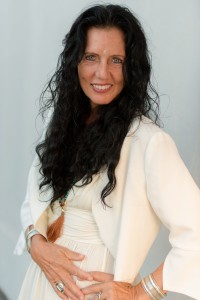 About the Author: Ilona Selke is an international bestselling author, seminar leader, lecturer, musician and CEO/cofounder of Living from Vision. Over 30+ years, Ilona has inspired thousands of people worldwide to discover the power of their consciousness and create a successful life. Her new book “Dream Big: The Universe Is Listening” offers real-life stories of transformation as well as practical tips anyone can use to shapeshift their lives from the inside out. For more information, visit
About the Author: Ilona Selke is an international bestselling author, seminar leader, lecturer, musician and CEO/cofounder of Living from Vision. Over 30+ years, Ilona has inspired thousands of people worldwide to discover the power of their consciousness and create a successful life. Her new book “Dream Big: The Universe Is Listening” offers real-life stories of transformation as well as practical tips anyone can use to shapeshift their lives from the inside out. For more information, visit 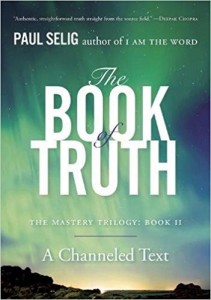
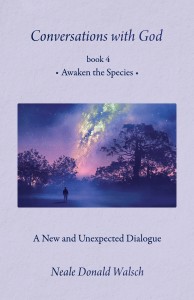 Yes—and it’s huge
Yes—and it’s huge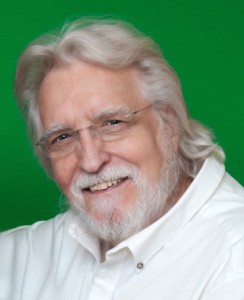
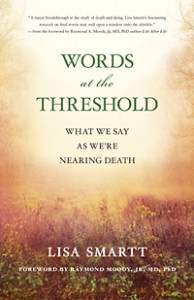 An excerpt from Words at the Threshold by Lisa Smartt
An excerpt from Words at the Threshold by Lisa Smartt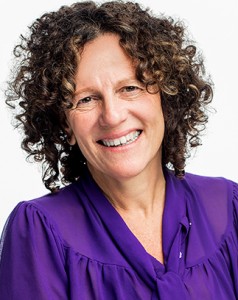
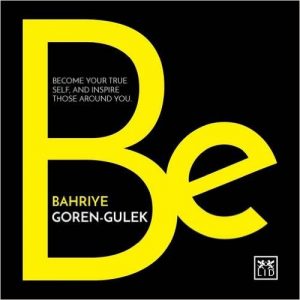 Guest post by Bahriye Goren-Gulek
Guest post by Bahriye Goren-Gulek In her recent book,
In her recent book, 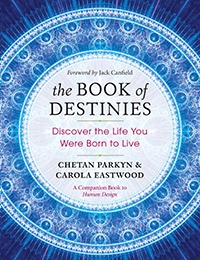 Guest post by Chetan Parkyn
Guest post by Chetan Parkyn